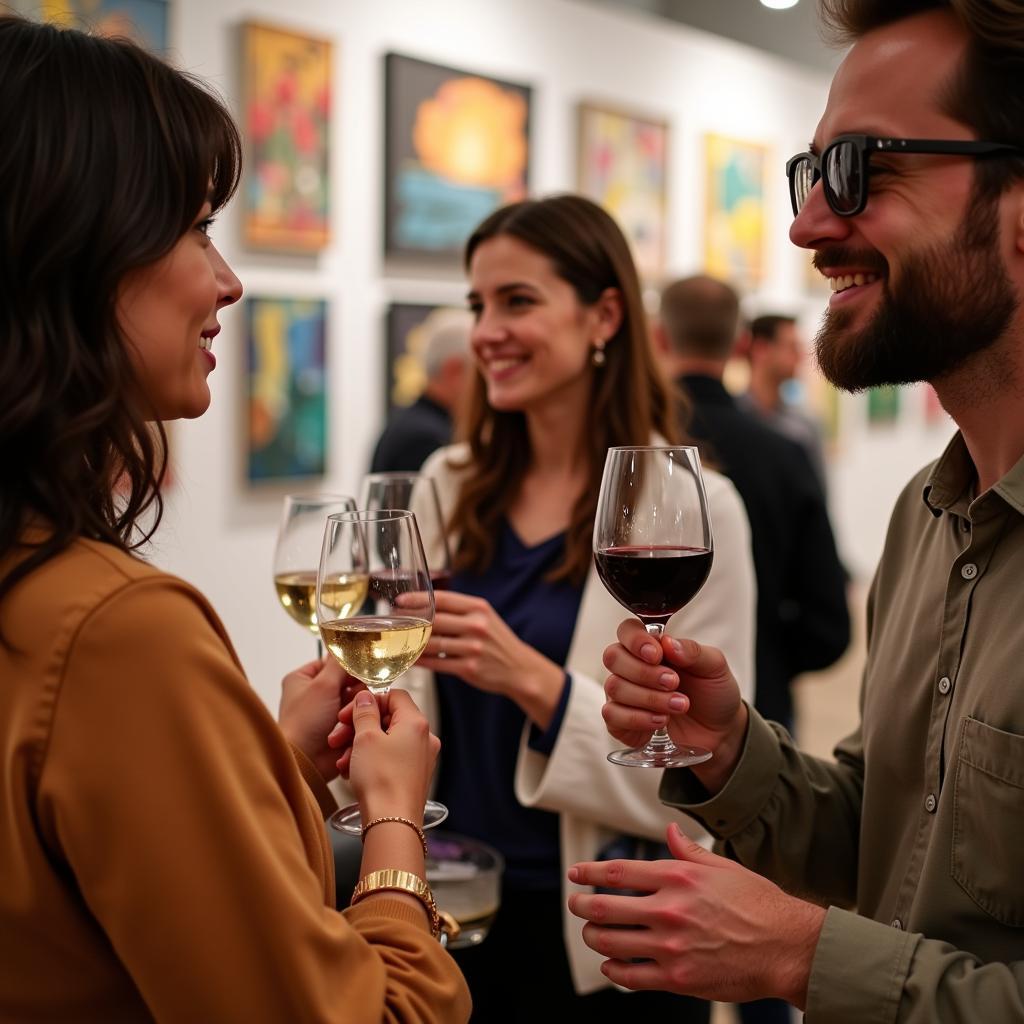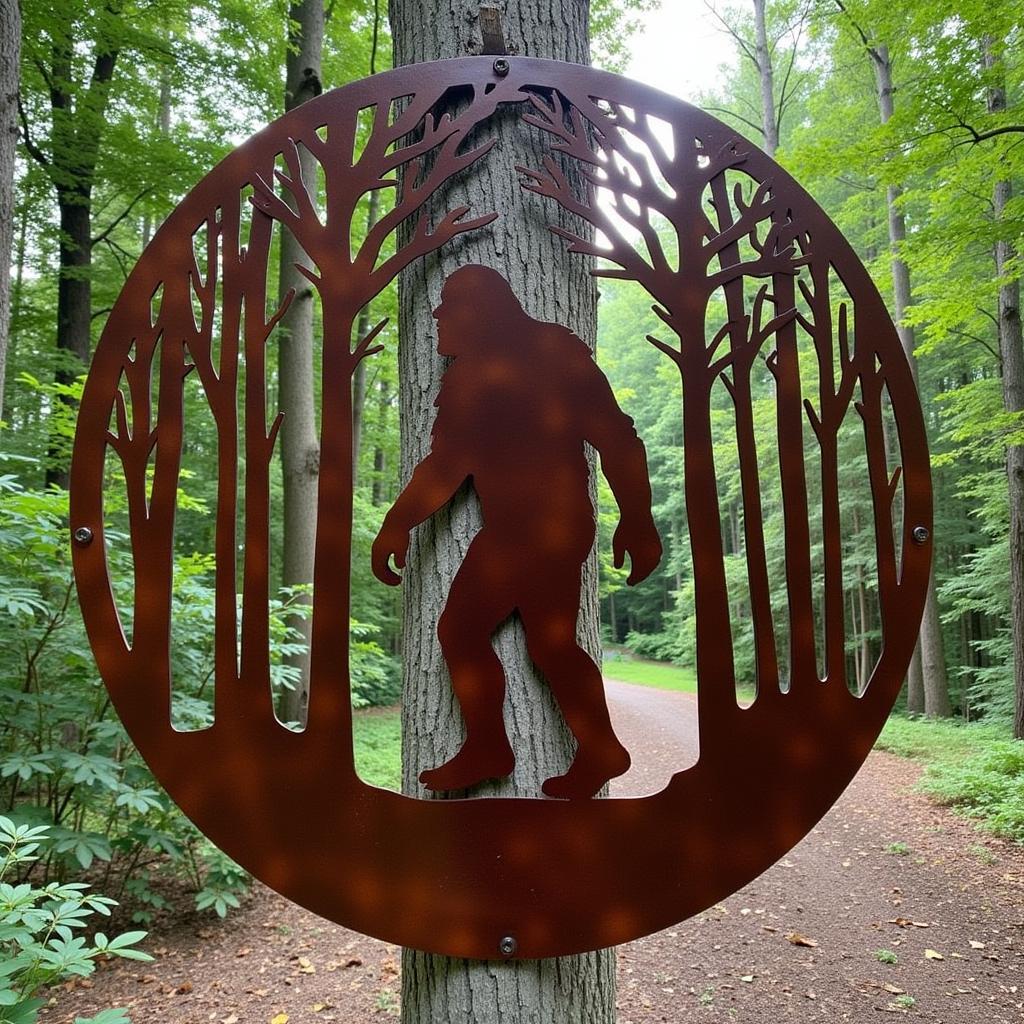Unveiling the Magic of Ancient Ireland Art
Ancient Ireland Art offers a captivating glimpse into a rich and complex history. From intricate metalwork to monumental stone carvings, the art of early Ireland reflects a deep connection to spirituality, nature, and storytelling. This exploration delves into the key periods, styles, and symbolic meanings within this fascinating artistic tradition.
Exploring the Celtic Roots of Ancient Ireland Art
The origins of ancient Ireland art are intertwined with the arrival of the Celts, who brought with them sophisticated metalworking techniques and a distinctive artistic style. Celtic art, characterized by its swirling patterns, abstract forms, and zoomorphic motifs, left an indelible mark on Irish artistic expression. These intricate designs, often found on metalwork, jewelry, and illuminated manuscripts, reflect a deep appreciation for nature and the spiritual world. The famous Book of Kells, with its elaborately decorated pages, stands as a testament to the artistic heights achieved during this period. Did you know that Celtics art played a significant role in the development of insular art?
The La Tène Style and its Influence
The La Tène style, named after an archaeological site in Switzerland, emerged during the later Iron Age and became a defining characteristic of Celtic art. This style is characterized by its dynamic, curvilinear forms, often incorporating stylized animal and plant motifs. In Ireland, the La Tène style found expression in a variety of media, including bronze weaponry, gold jewelry, and stone sculpture. These objects often served both practical and symbolic purposes, reflecting the social and religious beliefs of the time.
Early Christian Art in Ancient Ireland
With the arrival of Christianity in the 5th century, a new chapter unfolded in Irish art history. The early Christian period witnessed a fascinating fusion of Celtic artistic traditions and Christian iconography. This fusion is perhaps most evident in the high crosses, monumental stone sculptures that became a hallmark of early Christian Ireland. These crosses, often adorned with biblical scenes and intricate Celtic knotwork, served as focal points for religious gatherings and symbolized the triumph of Christianity. What makes these crosses unique is the seamless integration of pre-Christian artistic motifs with Christian themes, showcasing a remarkable cultural adaptation.
The Book of Kells: A Masterpiece of Illumination
The Book of Kells, a lavishly illustrated manuscript containing the four Gospels, is considered one of the greatest achievements of early Christian art. Its pages are filled with vibrant colors, intricate calligraphy, and fantastical creatures, reflecting both the spiritual devotion and artistic skill of the scribes and artists who created it. The Book of Kells is a testament to the importance of literacy and religious scholarship in early medieval Ireland.
Understanding the Symbolism in Ancient Ireland Art
Ancient Ireland art is rich in symbolism, reflecting the beliefs and values of the people who created it. Recurring motifs, such as spirals, knots, and zoomorphic figures, often carry deeper meanings related to spirituality, nature, and the cosmos. Understanding these symbols provides a deeper appreciation for the cultural and religious context of the art. For instance, the spiral, a common motif in Celtic art, is often associated with growth, expansion, and the cyclical nature of life. Did you know irish landscape art often incorporated symbolic elements from ancient Irish art?
The Role of Animals in Ancient Ireland Art
Animals play a prominent role in ancient Ireland art, often appearing in stylized forms with symbolic meanings. Birds, for example, were often associated with the spiritual realm, while horses symbolized power and status. These animal motifs not only add aesthetic appeal but also provide insights into the cultural significance of animals in early Irish society.
Conclusion: The Enduring Legacy of Ancient Ireland Art
Ancient Ireland art continues to inspire and fascinate, offering a window into a rich and complex past. From the intricate metalwork of the Celts to the monumental high crosses of the early Christian period, ancient Ireland art reflects a deep connection to spirituality, nature, and storytelling. Exploring these artistic traditions allows us to appreciate the enduring legacy of Irish culture and its contribution to the world of art.
FAQ
- What are the key characteristics of Celtic art?
- What is the significance of the Book of Kells?
- What are some common symbols found in ancient Ireland art?
- How did Christianity influence Irish art?
- Where can I see examples of ancient Ireland art today?
- What is the La Tene style and its importance to Celtic Art?
- How did the landscape influence ancient Irish artists?
Common Questions and Scenarios
- Scenario: A student researching Celtic art for a school project wants to know about the most representative artifacts.
- Question: What are some must-see examples of ancient Irish art in museums?
Related Articles and Further Exploration
- Exploring Celtic mythology and its influence on art.
- The history of illuminated manuscripts in Ireland.
If you need further assistance, please contact us at Phone Number: 02462573573, Email: danteum@gmail.com or visit our address: Savico Megamall, 7-9 Đ. Nguyễn Văn Linh, Gia Thụy, Long Biên, Hà Nội 10000, Việt Nam. We have a 24/7 customer service team.

